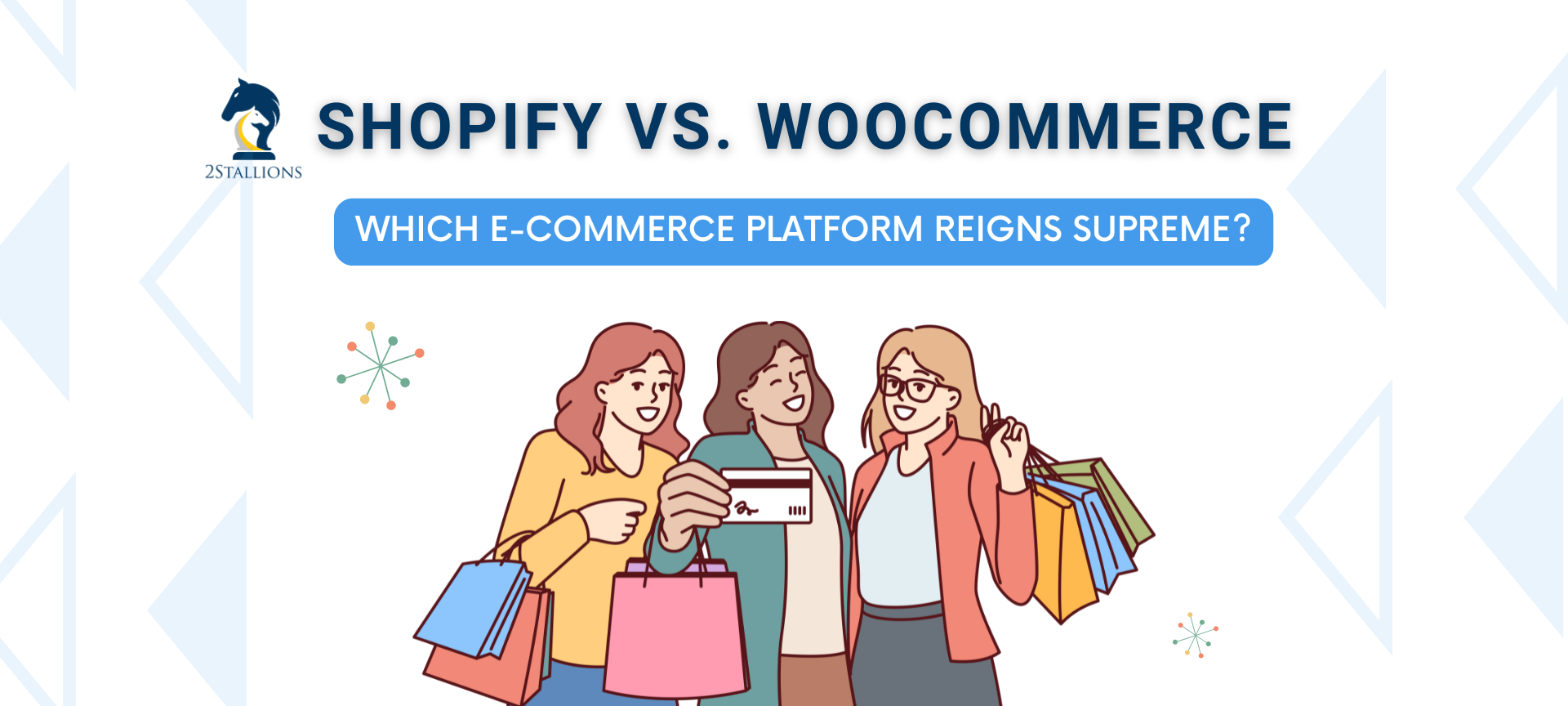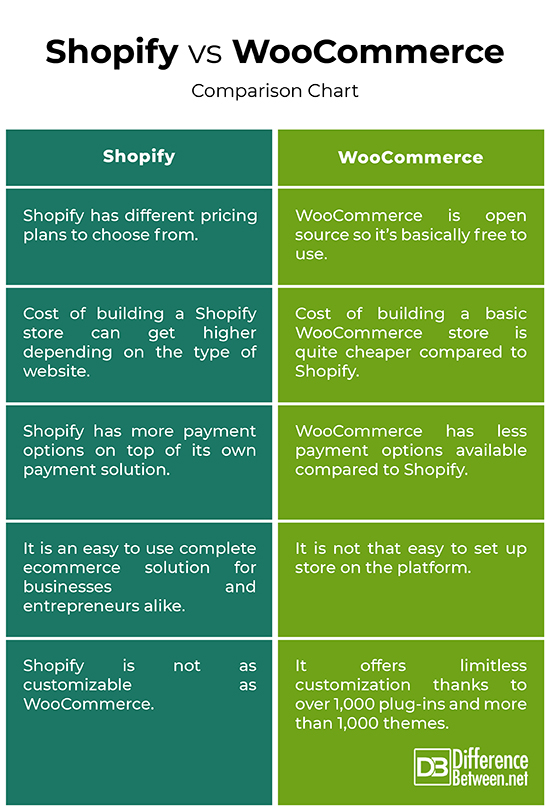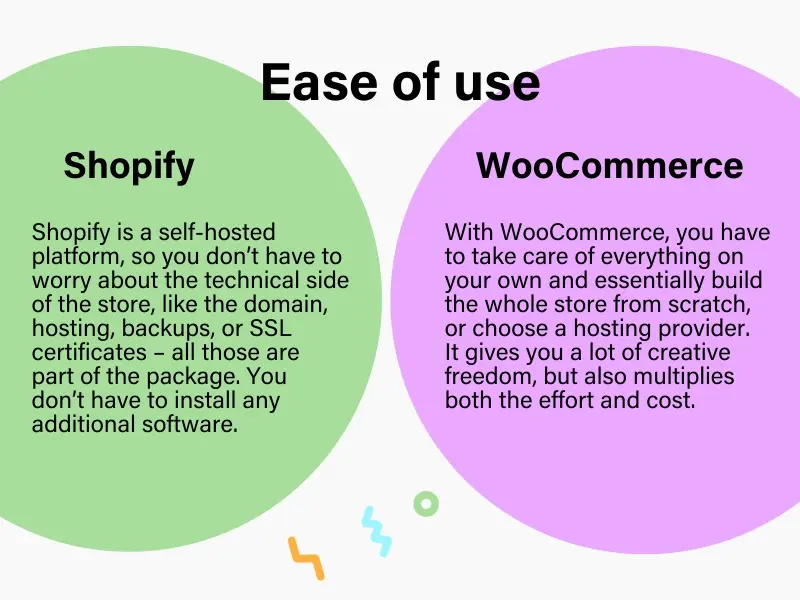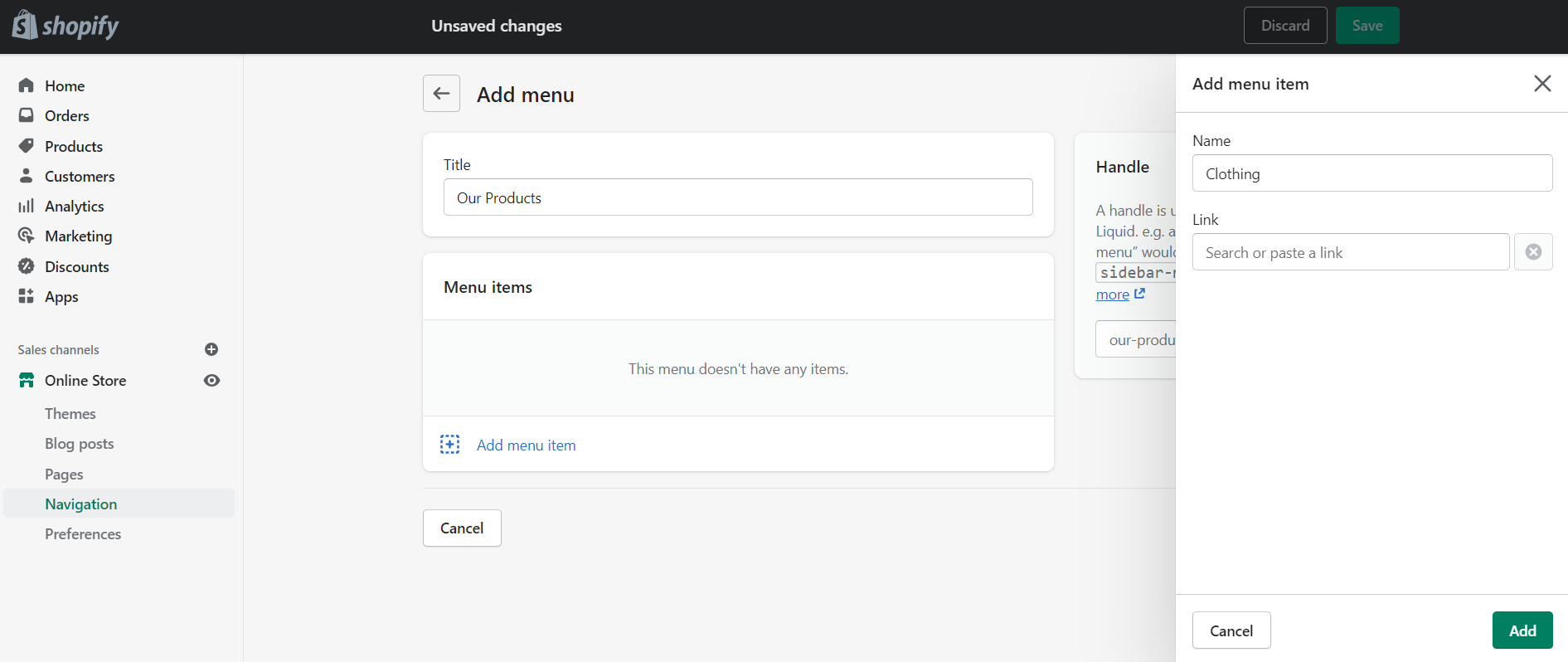SHARE

In the world of e-commerce, there are two popular platforms that businesses turn to Shopify and WooCommerce. Both offer robust features and tools, but which one is the ultimate choice for your online store? Let’s delve into the basics of Shopify and WooCommerce to help you make an informed decision.
Understanding the Basics of Shopify and WooCommerce
Firstly, let’s explore what Shopify and WooCommerce are. When delving into the world of e-commerce platforms, it’s essential to understand the key differences between Shopify and WooCommerce. While both are powerful tools for setting up online stores, they cater to different needs and preferences.
What is Shopify?
Shopify stands out as a fully hosted e-commerce platform that offers a seamless experience for businesses looking to establish an online presence. From user-friendly interfaces to a wide range of templates and themes, Shopify provides a one-stop solution for entrepreneurs of all backgrounds. Whether you’re a budding entrepreneur with a passion for handmade crafts or a seasoned business owner expanding your digital footprint, Shopify’s versatility caters to a diverse array of businesses.
Moreover, Shopify’s robust features extend beyond just setting up a store. It offers integrated payment gateways, inventory management tools, and marketing solutions to streamline your online operations. With Shopify, you can focus on growing your business while the platform takes care of the technical aspects.
What is WooCommerce?
On the other end of the spectrum, WooCommerce emerges as a dynamic plugin tailored for WordPress websites seeking to venture into e-commerce. By seamlessly integrating with WordPress, WooCommerce empowers website owners to transform their platforms into fully functional online stores. This integration not only maintains the aesthetic appeal of your website but also enhances its functionality with e-commerce capabilities.
One of the standout features of WooCommerce is its flexibility and customisability. With a plethora of plugins and extensions available, businesses can tailor their online stores to meet specific requirements and preferences. Whether you’re looking to add new payment gateways, implement advanced shipping options, or enhance the overall user experience, WooCommerce’s extensive library of extensions makes it a go-to choice for businesses seeking a personalised e-commerce solution.
(Source: DifferenceBetween)
Key Features of Shopify and WooCommerce
Now that we understand the basics, let’s dive deeper into the standout features of Shopify and WooCommerce.
Shopify’s Standout Features
Shopify offers an array of features that make it an appealing choice for many businesses. One of its key strengths is its ease of use, allowing even those without technical expertise to create and manage a professional online store. Additionally, Shopify provides top-notch security and reliable hosting, ensuring that your customers’ information is always protected.
Furthermore, Shopify offers a vast selection of mobile-responsive themes and customisable templates, allowing you to create a visually stunning store that reflects your brand’s identity. Built-in marketing tools, abandoned cart recovery, and integrated payment gateways make it a convenient all-in-one solution for businesses of various sizes.
But let’s not stop there! Shopify also boasts a robust app store, offering a wide range of add-ons and integrations to enhance your store’s functionality. Whether you need to streamline your inventory management, integrate with popular social media platforms, or optimise your store for search engines, there’s an app for that! With Shopify’s app store, you can easily customise your store to meet your specific business needs.
WooCommerce’s Standout Features
WooCommerce’s main selling point lies in its flexibility and customisation capabilities. Since it operates as a plugin on WordPress, you have full control over your website’s design and functionality. With thousands of free and premium themes available, you can create a truly unique online store.
Additionally, WooCommerce offers powerful extensions and integrations that allow you to enhance your store’s features. From inventory management to advanced SEO tools, you can tailor your store to suit the specific needs of your business. Moreover, WooCommerce provides extensive documentation and a helpful community forum, making it a great choice for those who like to roll up their sleeves and dive into the technical aspects of their store.
But wait, there’s more! WooCommerce also offers seamless integration with popular payment gateways, making it easy for your customers to make secure transactions. Furthermore, WooCommerce provides detailed analytics and reporting, giving you valuable insights into your store’s performance and customer behaviour. With this information at your fingertips, you can make data-driven decisions to optimise your store and drive growth.
Pricing Comparison: Shopify vs. WooCommerce
When it comes to pricing, both Shopify and WooCommerce offer different cost structures. Before delving into the details of the pricing structures of Shopify and WooCommerce, it’s essential to understand the broader context of e-commerce platforms in the digital landscape. The choice between Shopify and WooCommerce often boils down to the specific needs and scale of your online business. While Shopify provides a user-friendly, all-in-one solution, WooCommerce offers more customisation options for those with technical expertise.
Shopify’s Pricing Structure
Shopify operates on a subscription-based system. They offer various plans, starting from the basic Shopify plan to more advanced options like Shopify Plus for enterprise-level businesses. While it may require a monthly fee, the plans include hosting, security, and customer support.
It’s important to note that Shopify charges transaction fees for third-party payment gateways, though these fees can be eliminated by using Shopify Payments. Additionally, extra costs may be incurred if you opt for premium themes or apps from the Shopify App Store.
WooCommerce’s Pricing Structure
Unlike Shopify, WooCommerce itself is free to use. However, it’s crucial to consider that additional costs such as hosting, domain registration, and any premium add-ons or themes will contribute to the overall expense. This pricing structure provides more flexibility as you can choose the hosting provider and payment gateway that suits your budget and requirements.
Furthermore, WooCommerce’s open-source nature allows for extensive customisation and scalability, making it a popular choice among businesses looking to tailor their online stores to specific needs. This flexibility, coupled with a vast library of plugins and extensions, empowers users to create unique and feature-rich e-commerce experiences.
( Source: Naturaily)
Ease of Use: Shopify and WooCommerce
Each of Shopify and WooCommerce has advantages over the other in terms of usability. Setting up an online store can be a thrilling yet daunting task. The choice between Shopify and WooCommerce often boils down to your familiarity with e-commerce platforms and your technical expertise. Let’s delve deeper into the user experiences offered by these two popular options.
User Experience with Shopify
Shopify is renowned for its user-friendly interface, making it a top choice for many aspiring online entrepreneurs. Its intuitive design and drag-and-drop functionality simplify the process of creating a visually appealing store. Moreover, Shopify’s extensive documentation and responsive customer support ensure that help is always at hand. Whether you’re a tech-savvy individual or a complete novice in the world of e-commerce, Shopify streamlines the setup process, allowing you to focus on growing your business.
User Experience with WooCommerce
On the other hand, WooCommerce, as a plugin for WordPress, offers a different user experience. While it provides unparalleled flexibility and customisation options, delving into WooCommerce may require a basic understanding of WordPress. For those already familiar with the WordPress platform, navigating WooCommerce will feel like a natural extension of your existing skills. However, newcomers to WordPress might face a learning curve as they acquaint themselves with the intricacies of managing an online store through this powerful plugin.
Customisation Capabilities of Shopify and WooCommerce
Customising your Shopify Store
(Source: SuccesiveDigital)
Customisation is crucial for creating a distinctive online store that reflects your brand’s identity. Shopify and WooCommerce handle customisation differently. Shopify offers a wide range of mobile-responsive themes and customisable templates. With its intuitive theme editor, you can modify fonts, colours, and layouts to align with your brand. Additionally, Shopify provides an app store, where you can browse and install various apps to enhance your store’s functionality. These apps cover everything from SEO optimisation to social media integration, allowing you to tailor your store to your exact needs.
But did you know that Shopify’s customisation capabilities go beyond just themes and apps? The platform also offers a powerful Liquid templating language, which allows you to create custom page templates and dynamic content. This means you can design unique landing pages, product pages, and checkout experiences that perfectly match your brand’s vision. With Shopify, the possibilities for customisation are truly endless.
Customising your WooCommerce Store
(Source: Woocommerce)
Being fully integrated with WordPress, WooCommerce grants you full control over your website’s design and functionality. You can choose from thousands of free and premium themes, and harness WordPress’s powerful plugin system to further customise your store. Whether it’s tweaking the CSS or developing unique functionalities, WooCommerce gives you the freedom to mould your store to your heart’s desire.
But wait, there’s more! WooCommerce also offers a feature called “Product Add-Ons,” which allows you to offer customisable options for your products. For example, if you sell personalised items, you can enable customers to add custom text or select specific variations, such as colour or size. This level of customisation adds a personal touch to the shopping experience and can greatly enhance customer satisfaction.
As we wrap up our exploration of Shopify and WooCommerce, it’s important to note that the best choice ultimately depends on your specific business needs and goals. Shopify’s ease of use and all-in-one solution makes it a popular choice for beginners and small businesses. On the other hand, WooCommerce’s flexibility and customisation abilities cater to those seeking complete control and scalability.
Consider your budget, technical skills, and long-term objectives to make an informed decision. Whichever e-commerce platform you choose, remember that success lies not just in the platform itself, but in the effort you put into building and marketing your online store.
So, whether you opt for Shopify or WooCommerce, gear up for an exciting journey into the world of e-commerce. With their extensive customisation capabilities, you’ll be able to create a truly unique and captivating online store that stands out from the crowd. Happy customising!
Frequently Asked Questions About Shopify vs. WooCommerce: Which E-commerce Platform Reigns Supreme?
What are the main differences between Shopify and WooCommerce?
Shopify is an all-in-one hosted platform that is user-friendly and requires less technical knowledge, while WooCommerce is an open-source plugin for WordPress, offering greater customisability and control but requiring more technical skills.
Which platform is better for beginners?
Shopify is generally better for beginners due to its straightforward setup, intuitive design interface, and comprehensive customer support, making it easier for those with limited technical expertise to start an online store.
How do Shopify and WooCommerce compare in terms of cost?
Shopify operates on a subscription model with various tiers, including transaction fees, whereas WooCommerce is a free plugin with costs arising from hosting, themes, plugins, and potential development work.
Which platform offers more flexibility and customisation?
WooCommerce offers more flexibility and customisation due to its open-source nature, allowing for extensive modifications, custom plugins, and integration with other WordPress features, ideal for those who require specific functionalities.
















